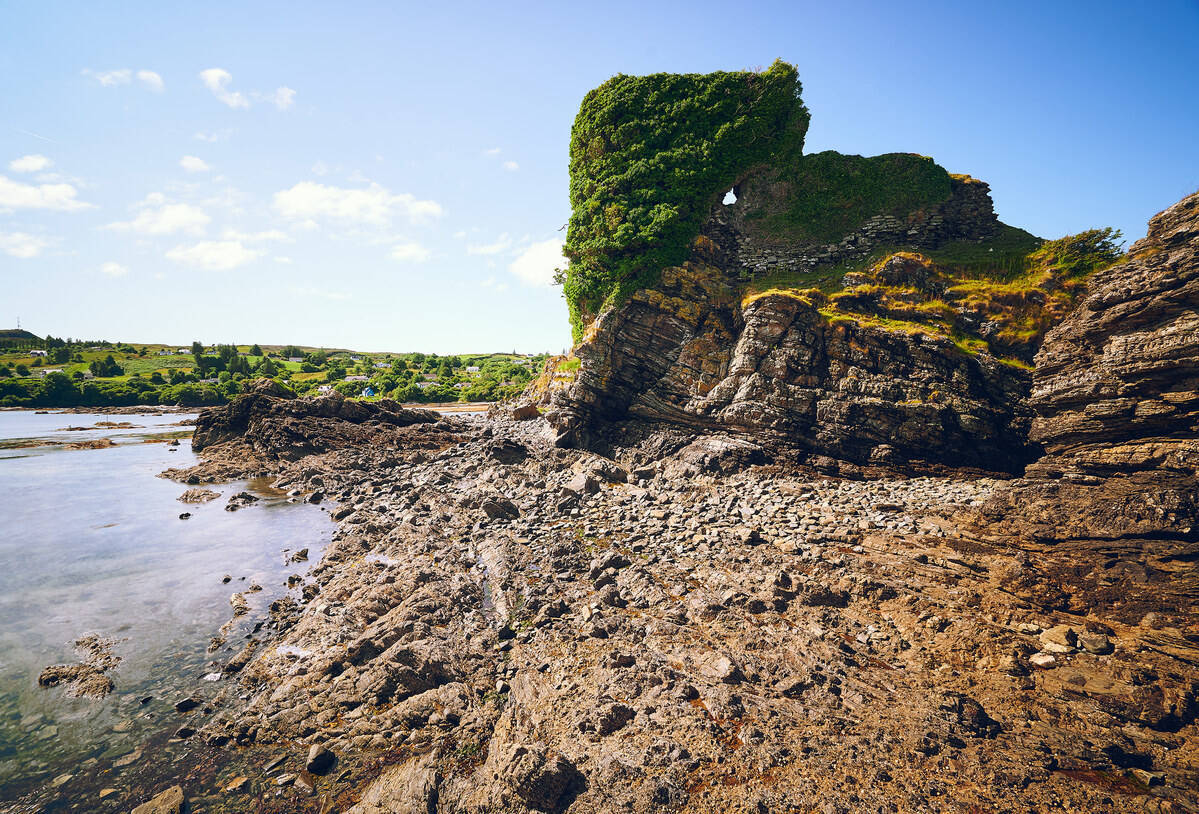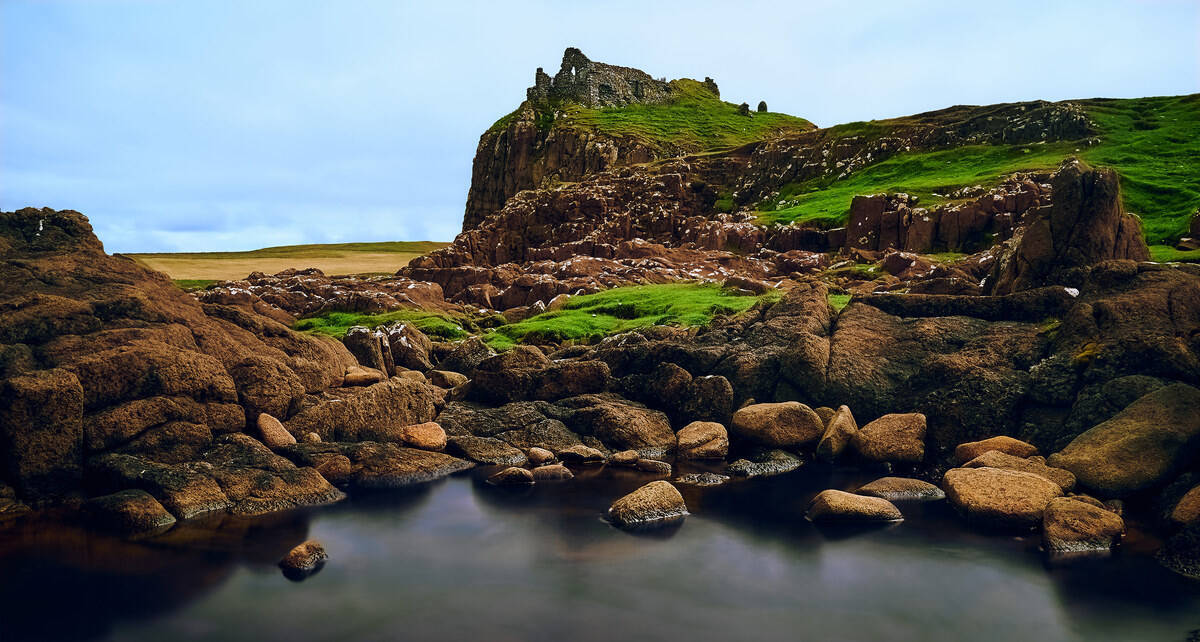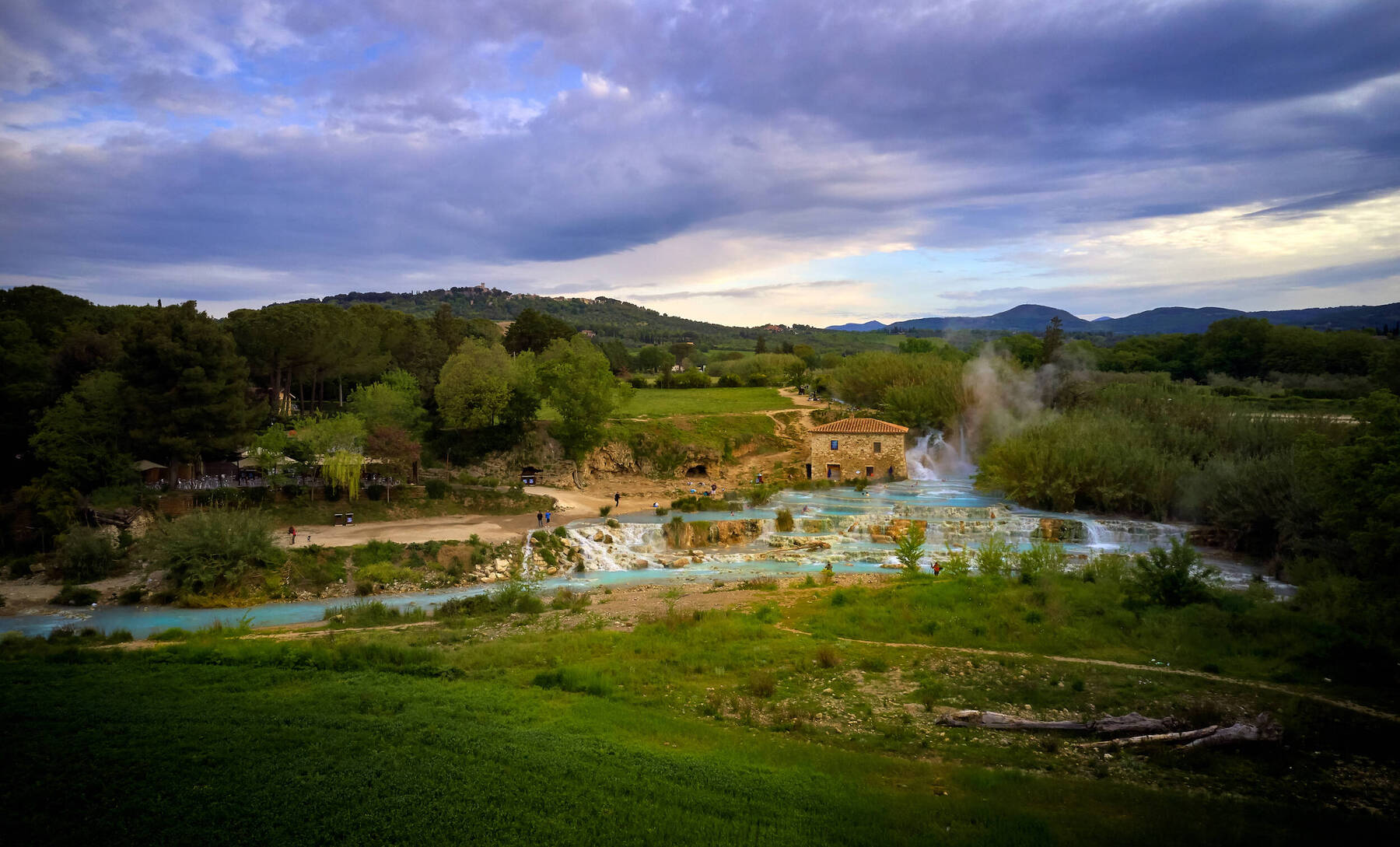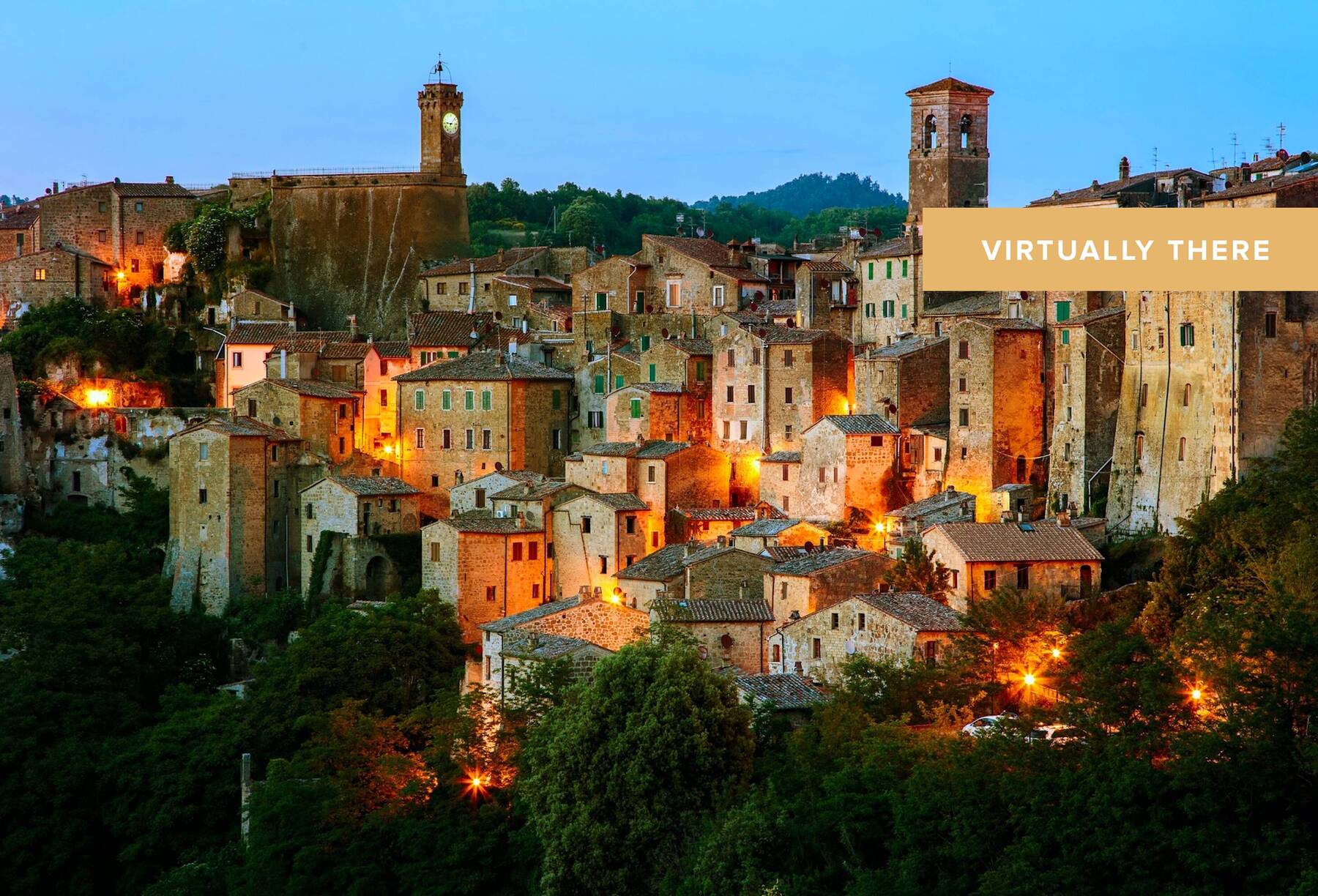From the vast sweeping landscapes of Teangue and Isleornsay to the ancient northern reaches of the Trotternish Peninsula, these are some of the most stunning vestiges of the Skye that existed before the bridge. With views so far removed from those traffic jams that one needs a good pair of walking shoes and just a little bit of extra time to reach them.
Skye’s otherworldly silhouettes of emerald peaks falling into elegant plumes of mist and glassy pools of loch water have become synonymous with the beauty of Scotland. But as the best connected, largest and easiest to access of the Hebrides Archipelago, Skye has suffered from some (relative to its neighbours) over-tourism. But when one steps away from the likes of the Fairy Pools and the Old Man of Storr, sitting in peaceful vigilance just north of the colourful harbour town of Portree, it’s possible, even without going to the extremes of the island, to reclaim the stunning solitude that makes Skye so very special.

Teangue
Teangue sits on the south side of Skye in the pretty Sleat Peninsula — or the garden of Skye — as Sleat is often called. And for good reason. In stark contrast to the north that is so full of sheep that the trees are barren (eaten by said sheep, according to local gossip), Teangue boasts walking paths into wooded glens and hills that reach into farmlands with views over dark emerald islands and the mesmerising glitter of Skye’s lochs and bays. The best of Teangue begins where the main road (A851) begins to bend away from the coast towards Broadford. But start at the castle ruin at Castle Camus or Knock Castle, which is so off grid that Google Maps returns a little-seen “Google Can’t Find…” message when searching for it. But to find it, simply stroll towards the beach at the Torabhaig Distillery and you’ll soon stumble to a rocky coastline where the castle grows out from the rocks overhead, its ancient stones entwined with lush vines and a besotting, unrestricted view over the crystal clear waters of Loch Hourn. Follow the beach north (taking note of the tides) and the rocky landscape leads into far-reaching horns and rock pools that give mesmerising views of the mountains and the local birdlife on islets that lay almost entirely untouched and unvisited. When it’s time to refuel, the remarkable IONA restaurant in the Toravaig House Hotel is one of Skye’s best and makes the journey worth it, even on rainy days, with excellent local produce elevated into ambitious platefuls of delicious Scottish cuisine every night of the week.

Isleornsay
Just a few miles north of Knock Castle and through a twisting narrow road that leads to the banks of the Loch, Isleornsay sits. The small village is home to breathtaking views and long winding coastal walks punctuated by rowan, hazel and holly, farms selling eggs piled up in boxes with money boxes on the side and families of sheep grazing in front of rows of cottages. But twice a day, the tidal island of Ornsay opens up for visitors when the crystalline waters lower and sweep aside to reveal a little-trodden pathway to the island. Ornsay is small enough to walk its circle route in a couple of hours but there’s little more than a charming white lighthouse that doubles as a guesthouse, with which to enjoy the view. Spend the morning here and then take the path away from the lighthouse to see it in its best light, as a striking contrast to the mountains that collide in steep, irregular gradients into the tranquil belly of the loch. On a sunny day, stick to the waterfront and there’ll be plenty of opportunities for a wild swim in the shadow of the Knoydart mountains, but explore from the hills and the views become so unreal as to be intoxicating, each step revealing another layer of Skye’s sublime, dream-like beauty, from the rocky beaches below to the mountainous extremes of the mainland across the loch.

The Fairy Glen
The busiest spot here, but the Fairy Glen above the town of Uig is a veritable maze of natural wonders where it is remarkably easy, despite its relatively small size (like a mini Quiraing) to lose the occasional crowd. Here the landscape spins and morphs into stunning basalt crowns atop winding hilltops, mounds of mossy greens rise in bizarre conicals like Hershey’s Kisses ready to be bitten from the landscape, and fluttering pools of water glisten with the reflections of some of nature’s most stunning topographical arts. The marked paths will help walkers find a small warren of natural wonders to explore but hike into the grassy outcrops and you’ll find your way to the top of rocky peaks with views of guzzling waterfalls bursting from exposed hillsides, and all those strangely beautiful twists and cracks of land that spiral from the soil as nature’s mossy fairytales.

Duntulm Castle and the Dinosaurs
Duntulm Castle is the archetypal castle on Skye (not at all like the modern Dunvegan Castle). A hill leads to a vertical rocky cliff, views of water and distant isles, and a seven or eight hundred-year-old castle ruin protruded from the top. On the eastern side of the Peninsula, the traffic lining up to the Old Man of Storr can cause issues for drivers, but on the west, the single track road is comparatively empty. Take a stroll to the castle, which may have one or two other visitors depending on the weather, and then hike down to the rocky intertidal beaches beneath to see the castle as the imposing, medieval protector it was intended to be. Here, the coast has been chiselled and corroded by the surging waters of the Atlantic for millions of years. But look a little closer and you’ll begin to see curious repetitions in the rocks, recurrent patterns and recognisable shapes, not left behind by the unpredictable violence of an Atlantic storm, but by the 170,000,000 million-year-old feet of dinosaurs.

Become a member to join the conversation!
Become part of the world's leading travel & lifestyle community!










Comments